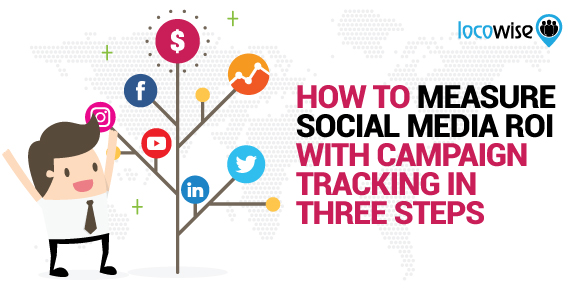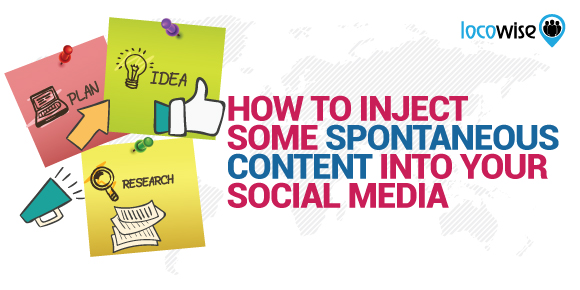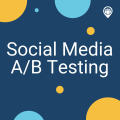A Day In The Life Of A Social Media Manager In The Travel Sector
Sahail Ashraf posted on 9 May 2017
Working on social media for the travel industry sounds exciting.
For those of us who don’t work in the industry, we imagine the role to be quite glamourous. We picture travelling to far off places, tasting all the best eats, and enjoying the views from all the sites the land has to offer. After that, it’s work time, where we document the journey for the company’s social media followers.
What’s it really like to be a social media manager in the travel sector? We got in touch with a number of people who work in the industry to find out.
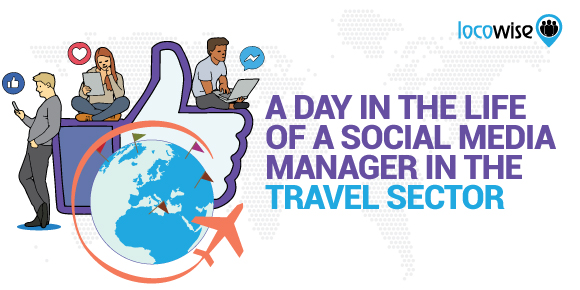
Camille Troxel is a digital content specialist for Visit Spokane.
“I post to Facebook about an event, or post a blog post or page of ours. I find a photo on Instagram that Visit Spokane is tagged in and post it, and throughout the day I spend my time tweeting about our partners or retweeting their content.”
“Social for the travel industry is a lot of fun. We post weekly videos highlighting things to do in the area and most recently, we’ve embarked on using Facebook Live and Instagram stories to feature major events and partners. We’ve had some really great campaigns on these platforms. For example, when a former resident bashed the city in an op-ed for The Guardian, we used #codycomehome to change the narrative and get an apology. When our local basketball team, Gonzaga, made it to the national championship, we were able to use social to show a much larger audience what Spokane and our destination is all about. We partner with West Coast Broadway Entertainment on Instagram and when shows comes to town, cast members take over our account for a behind the scenes look.”
She says while it’s a lot of fun, it’s also a lot of numbers, research and listening into who your audience is and what they’re looking for.
“Tourism is a unique form of marketing. I’m not trying to get you to buy a pair of jeans. I’m trying to get you to see yourself in a place and actually come here. So, what works for a clothing brand on social might not work for us. We might be able to use social in a new and unique way because the product we’re selling is an experience. So, it’s my job to come up with new ways to use it and make sure we’re using it to its fullest potential. Knowing all the numbers and knowing the trends helps drive success on social media.”
Camille also feels it’s important to have an ear to the ground and know what’s going on in your destination.
“You have to know what events are coming up, the things people are excited for, and use that information to forge partnerships with other organizations and plan ahead to be a part of that chatter. If you don’t know what’s going on ahead of time you’re going to miss great opportunities to drive the conversation and be the expert on the destination.”
She finishes by saying “social for tourism often looks like it’s as easy as pulling some great UGC photos and calling it good, but it’s a lot more analytical than that. Anyone can post a great photo, but unless you know why people care about that photo and know how to convert that into a click, lead or ultimately a trip then it’s nothing more than a like on Instagram.”
Savannah Ryan is marketing manager for EnterTravel.
“Every day is an exciting day working in the travel industry, especially on the social media marketing side! Currently we’re focusing on building a global presence on Instagram, keeping our followers up-to-date on travel news, educating our followers on what event travel looks like, showcasing the beautiful locations we visit, as well as our preferred partner hotels around the globe.”
What does a typical day in the industry look like?
“On a daily basis, we have hoteliers visiting the office to present their new hotels, updated on renovations, or just to give us an update,” says Savannah. “We also have travel associates around the world jumping on our Instagram Story to take incredible videos, giving followers an inside look. I am constantly discussing beautiful destinations, stunning hotels, mindblowing architecture, crave-worthy meals, and unforgettable excursions with my associates who are ‘rockstar’ travel agents.”
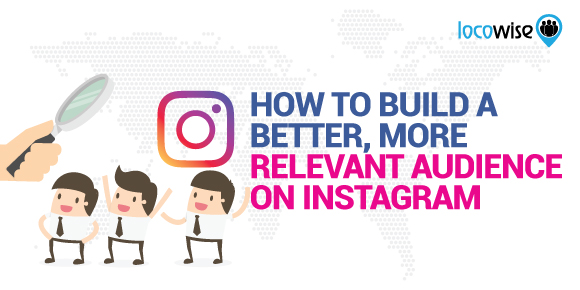
Maryann Gubala, digital content coordinator, Old Sturbridge Village
“My work varies on a daily basis as I work with a lot of different departments within the museum. A good portion of my time is spent on planning future social media content, posting on our social media channels [and maintaining them too], and reading about nonprofits, museums, and travel industry social media trends.”
We have to promote a lot of different things (special events in the museum, tavern events, lodging deals, general visitation, etc.) while also trying to keep our social media fun, interesting, and not just straight advertising. As such, we try to share articles relating to what we do here at the Village, post fun facts about the early 19th-century in relation to today, go along with trending topics and holidays, and get creative even with our posts that are focused on trying to promote something specific.”
Maryann feels social media is always changing at a quick pace, but says there is still a lot of planning that goes into what is posted on the company’s social accounts.
“First, I outline the posts for the entire month in a calendar with all of that month’s programs and events listed. This outline just has topics listed in color code based on type of content. We have recurring posts, like #FunFactFriday (which we often connect to the season, an upcoming event, or other trending topic) or #TriviaTuesday, posts about upcoming events, curatorial posts focused on items in the museum’s collection, and more.”
She says the content that goes out is usually slightly different than the original plan as “new things come up or we decide to switch the dates for certain content based on what is happening at the Village that week. However most of my content is planned ahead of time but in the case of special events, I often have to get images the day of posting. [Sometimes that gets a little hectic.] With the exception of usually 2 curatorial themed posts a week, most of the content is written by me. This calendar goes into review with several other people on our team to make sure that no events, products, or promotions are missing. As they say, several brains are better than one.”
Max Robinson is a social media manager for Mahlatini Luxury Safari.
“You’d think that managing social media for a travel company would be fairly similar to managing social media for any other company but the reality is that there are several key differences that you have to be aware of,” says Max.
“Firstly, customer testimonials, images and videos are everything. Companies in other industries can often allow their social media profiles to be a reflection of their personality, and while we do post the occasional fun clip or post, the majority of our social media content is simply intended to show our followers that we can be trusted to give them the best holiday experience they’ll have in their life,” he says.
For Max that means posting testimonials from customers who have enjoyed the trip, as well as posting real footage from the trips offered by the company.

“At the end of the day, we understand that most of our customers are looking for our social media profiles because they want to learn more about our trips, so it’s important that we don’t fill our profiles with too much irrelevant content.”
Stephanie Miller is a social media manager for MP&A Digital & Advertising.
“I manage social media for three luxury Caribbean resorts on up to seven social outlets for each property. Social media is quickly becoming the go-to platform for many travelers and some people even want to book their stay through a Facebook message,’’ says Stephanie.
“As a social media manager, I’m also a brand manager, which means it’s essential to know the ins and outs of each hotel we represent and to create a seamless experience for the online user,” she adds.
As a social media manager, Stephanie’s creates paid social ads, schedules daily posts, curates user-generated content, communicates with followers and analyses post engagements.
”To help increase brand awareness and expand our audiences. I also participate in relevant Twitter chats or social media challenges whenever possible.”
Although she schedules most posts, she finds it helpful to keep the social media platforms open throughout the day.
“As the hotels receive messages, questions, comments or reviews, a timely (and informative) response is crucial.”
She finds planning and implementing a good social media strategy time – consuming but says if it’s effectively managed, this relationship-building tool can help transform your hotel’s followers into leads, leads into guests, and guests into regular guests.

